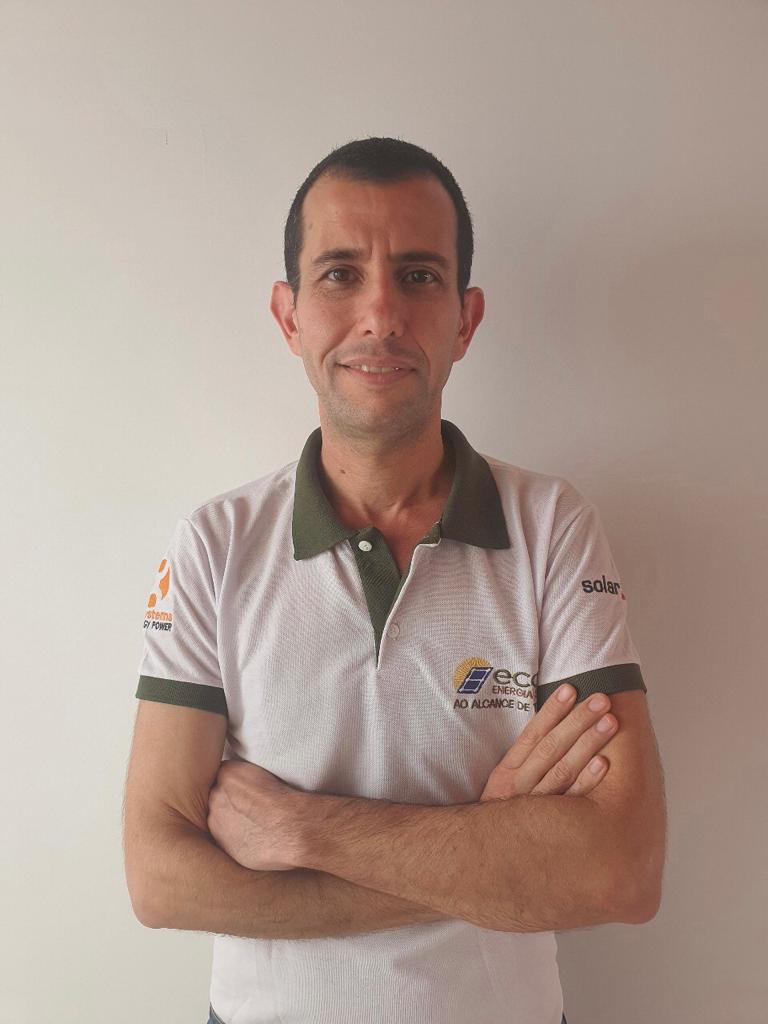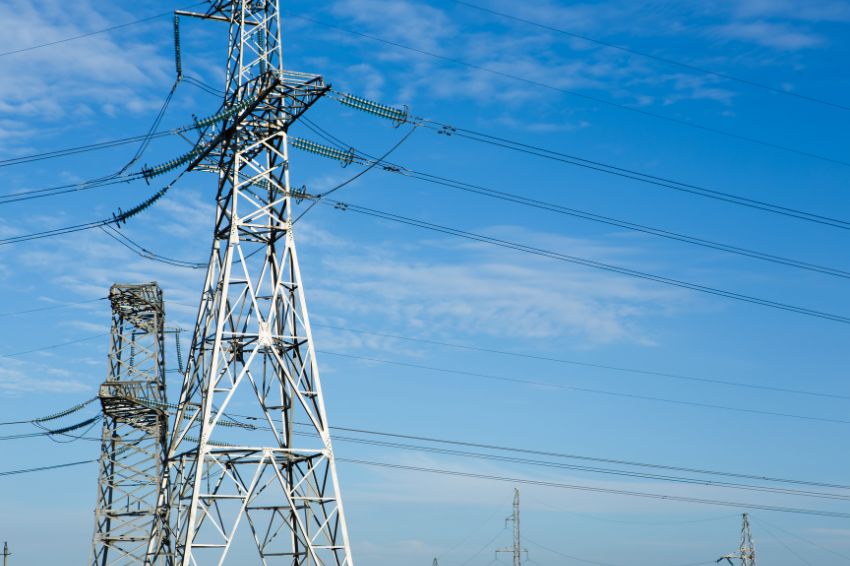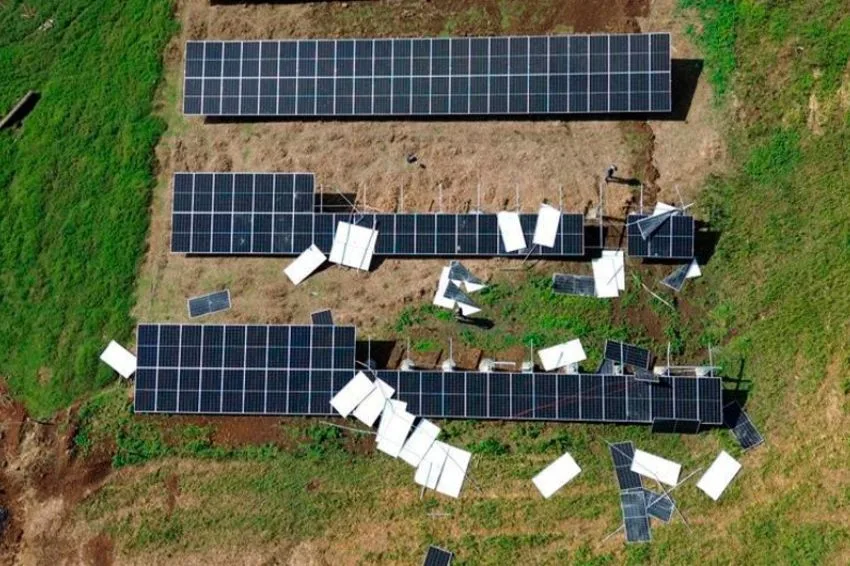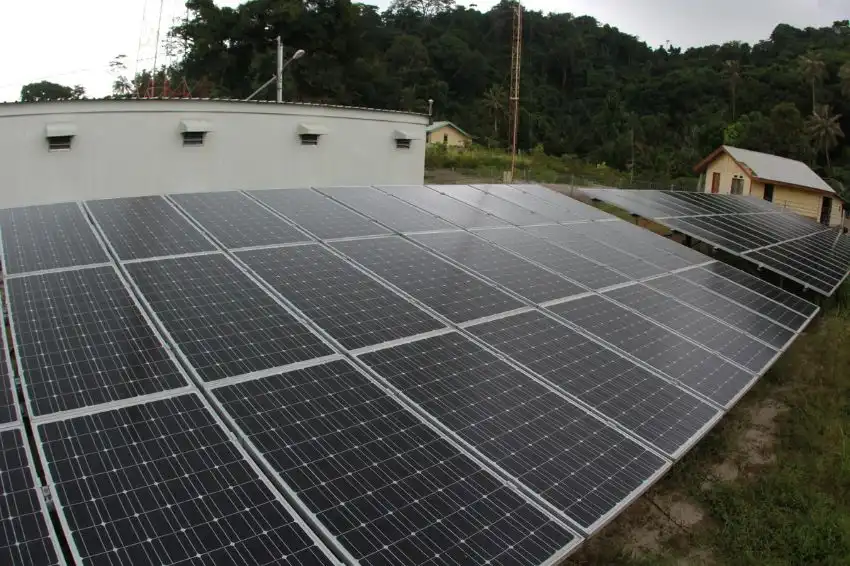Just over 20 years ago, it was rare to have a cell phone in Brazil. Expensive devices and lack of lines made purchasing difficult. Cell phones were real “bricks”, with large batteries that lasted a short time and only had the basic function of talking.
People got used to it and just having a cell phone meant a huge evolution compared to landline phones. But cell phones evolved quickly. Today, its large screens allow you to perform a series of tasks.
The high-speed connection makes it possible to make video calls, watch content, work, talk to people on the other side of the world in a simple way, etc. Who can imagine going back to the early 2000s without a cell phone?
Just as it happened with phones, it also happened with many other devices, such as cars, appliances, lights and so on. Humans are using a lot more energy. We have become more 'spoiled'.
Once a person gets used to something that makes life easier, it is very difficult to give up and go back. Our demand for energy, especially by electricity, only increases.
An example of high electrical energy consumption: cryptocurrencies, such as bitcoin, among others. The process of transactions, transfers and all security steps involved require very advanced computers, with high information processing power – voracious energy consumers.
And we are heading towards a future with increasingly digital money. Another example is cars. A global fleet moves towards electrification, abandoning vehicles powered by fossil fuels, which pollute the environment and heat up the planet.
Keep an eye on solutions
At the same time that we consume more energy, we also start to use more renewable sources, such as solar, wind and hydroelectric. But renewable energies make us wait for nature's time. We can only convert energy when that resource is available.
In the case of solar energy, which is more predictable, generation occurs during the day, with a peak at times when the sun is most shining. Wind power, for example, depends on the presence of winds. And the hydroelectric plant depends on a good volume of rain.
As Brazil is very dependent on this energy matrix, in periods of drought the tariff rises and the government imposes tariff flags. Renewable energies are the future – but also the present!
Investment in solar energy already allows both a significant reduction in the electricity bill every month and awareness of sustainability.
Anyone who has solar panels at home already knows that surplus generation is injected into the electricity grid. In return, the person receives credits, which are used to reduce the value of the bill. This model is like this in many parts of the world.
But some countries have achieved such a large volume of energy generation from photovoltaic solar sources that they are no longer able to do this, as the electrical grid does not support so many mini solar plants sending their surpluses at times of peak electricity generation. This is the case of Australia and the state of Hawaii, us U.S.
In models like this, the surplus is stored in batteries and used at times of greater consumption. One of the trends we observe is that the market will have different rates throughout the day.
In Israel, where I live, we already have rates for morning and evening, summer and winter. The whole world is moving towards a model grid friendly, friendly with the power grid, but associating batteries for storage own surplus generated by solar energy.
And this surplus will even carry the eletric cars, which will also function as storage options for use at other times. During the day, when the solar panels are producing at maximum level, it will be time to use energy-intensive appliances and charge the car.
At night, when there are generally more people at home and demand for energy (shower, TVs, air conditioning, etc.), both the batteries and the car itself can act as energy sources. If this is not possible, the electrical network also remains available. This way, it will be possible to meet the growing demand for energy across the planet.
















